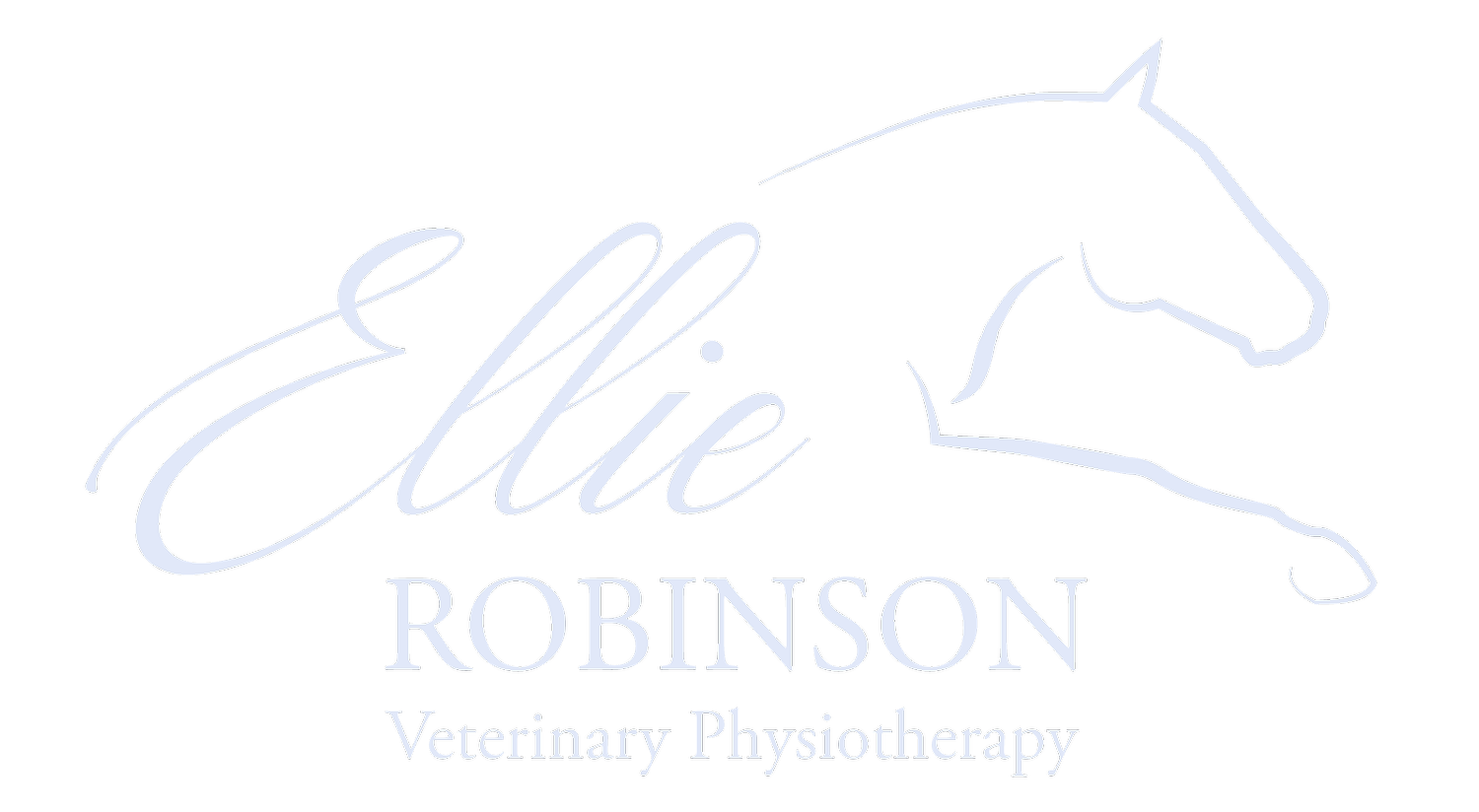Research Review: INDIBA Radiofrequency in the Treatment of Tendon & Ligament Injuries in Sports Horses
Tendon and ligament injuries are often said to be one of the most frustrating injuries in horses, due to the slow healing process and high injury recurrence rate. It is therefore unsurprising that one of the very first pieces of research into the use of INDIBA in horses, was its use in treating tendon and ligament injuries in sports horses, carried out by Romano, Zani & Tassan in 2009.
A large sample size of 115 horses, were used in this study, all of which had been recently diagnosed with tendon or ligament injuries and were presenting with acute lameness. Ultrasound scanning was used prior to treatment, during the treatment programme, at the end of treatment and 30 days following the end of treatment. Between 5-10 treatment sessions were carried out on each horse, with at least 2-3 day intervals between each treatment. Alongside the INDIBA treatment course, the horses underwent controlled exercise programmes (hand walking).
The study obtained some very promising results;
85% of the horses treated showed improvement during the treatment programme.
76% of the horses were sound 30 days after the end of the treatment programme.
45% of the horses showed full recovery following the course of INDIBA treatment (40% of these had been diagnosed with suspensory ligament desmitis and 36% had been suffering with superficial digital flexor tendon injuries).
In summary, the results of this study suggest that INDIBA Radiofrequency, in combination with rest and controlled exercise, has significant effects in reducing recovery time. It was concluded that INDIBA Radiofrequency is considered an innovative, non-invasive and statistically improved treatment method relative to previous treatment methods when treating tendon and ligament injuries in sports horses.
Credit: Sadie Penn Photography.

